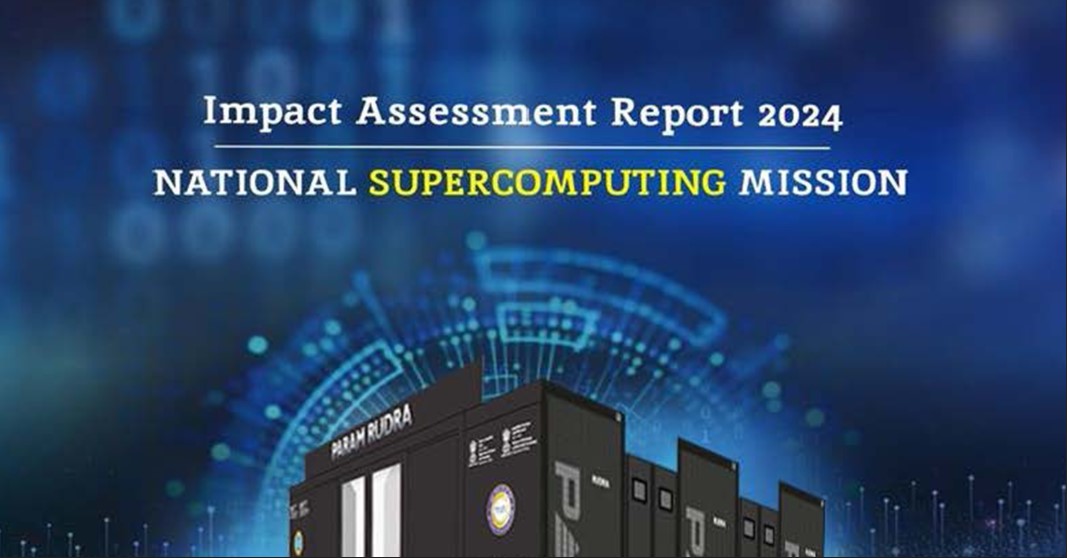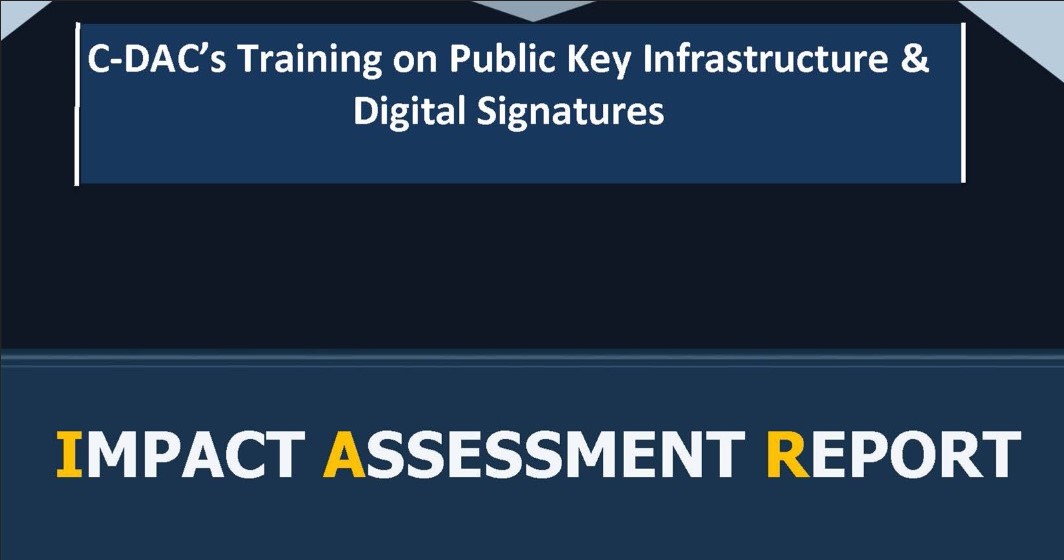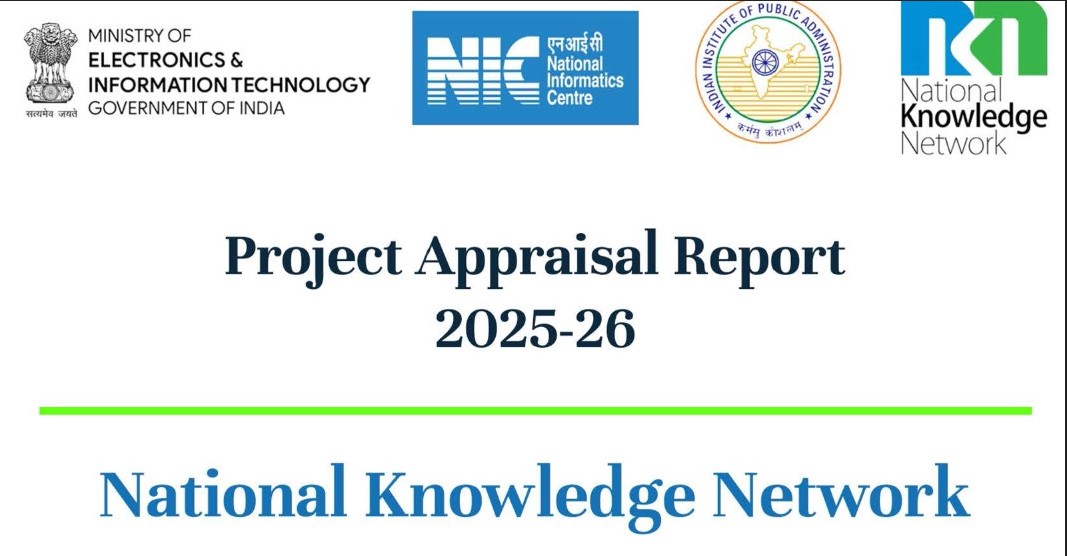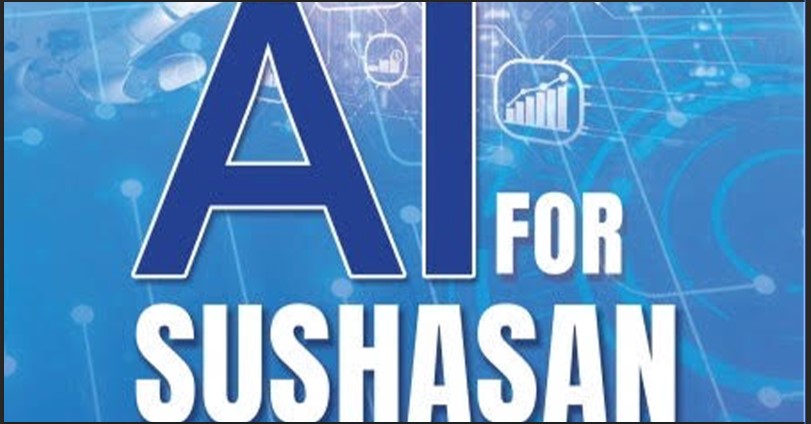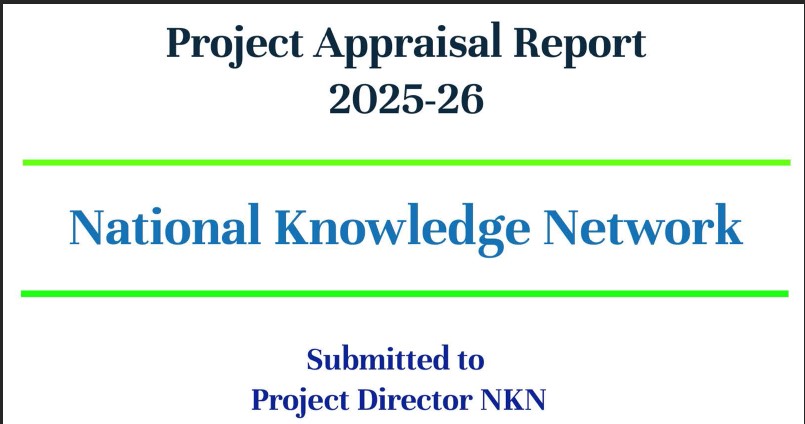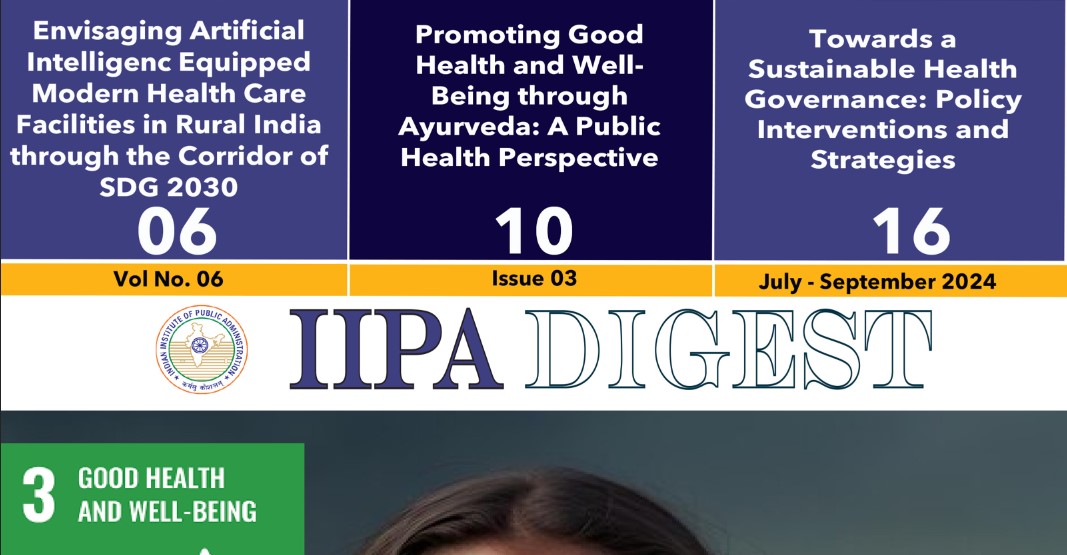AI for Smart Cities and Infrastructure Management
India is leading the way in embracing the way Artificial Intelligence (AI) is changing infrastructure management and urban settings globally. The Government of India established the Smart Cities Mission in 2015 with the goal of creating 100 smart cities with intelligent technology to effectively manage public services, infrastructure, and citizen involvement. By maximising resource allocation, cutting operating costs, improving public safety, and minimising environmental impact, AI plays a critical role in developing sustainable, effective, and responsive urban settings.
Managing the demands on public services, transport networks, and infrastructure has grown increasingly difficult as a result of India's fast urbanisation—the country's urban population is predicted to increase from 35% in 2021 to 40% by 2030. This essay examines the use of AI in infrastructure management and smart cities, with a particular emphasis on India's accomplishments, obstacles, and advantages. We'll highlight significant data and case studies that illustrate the application of AI, its effect, and the nation's future prospects for smart urban planning.
The Idea of Smart Cities
Smart cities optimise resource utilisation across infrastructure and services and improve the quality of life for their citizens by utilising technology, data, and analytics. The foundation of smart cities is AI, which offers real-time insights and prediction capabilities in a variety of domains:
Transportation and Urban Mobility
Law enforcement and Public Safety
Waste Management
Energy and Utilities
Environmental Observation
Public Services and Healthcare
With an emphasis on leveraging smart technology to improve governance, infrastructure, and sustainable growth, India's Smart Cities Mission identified 100 cities for transformation. Over ₹2.05 lakh crore (~$25 billion) had been set aside by 2024 for these initiatives, with artificial intelligence (AI) playing a major role in public safety, water distribution, and traffic management.
Figure 1: AI in Smart City
AI Applications for Infrastructure and Smart Cities
Traffic Control and Urban Mobility
With the help of AI-powered technologies, smart cities can better control traffic flow, lessen congestion, and maintain traffic safety.
Intelligent Traffic Systems (ITS): These systems optimise traffic signals and reduce bottlenecks by using real-time traffic data from cameras and sensors. In high-density regions of Delhi, a traffic control system powered by AI lowered congestion by thirty percent.
Public Transportation Optimisation: Based on commuter behaviour, predictive analytics helps modify bus and metro timetables. AI-based routing has slashed passenger wait times in Bangalore by fifteen percent.
Smart Parking System: Real-time AI analysis of parking availability is possible with smart parking systems. The smart parking project in Chandigarh reduces search times by thirty percent by using sensors and AI algorithms to direct cars to vacant spaces.
Accidents Prediction and Prevention: AI systems that track driver behaviour, vehicle speed, and road conditions are able to forecast and prevent accidents. In 2023, Pune's AI system decreased traffic accidents by 12%.
Security and Observation
Through automated monitoring, emergency response systems, and predictive policing, artificial intelligence is being used to increase public safety.
Facial Recognition Systems: AI-powered face recognition systems are useful for identifying criminals in public areas. Police can monitor criminals and solve hundreds of cases with the help of the National Automated Facial Recognition System, which was introduced by the National Crime Records Bureau (NCRB).
Figure 2: Facial Recognition System Source: NIC.in
Predictive Policing: AI uses past crime data analysis to identify high-crime regions. Predictive policing algorithms are used by cities like Hyderabad, which leads to a 20% decrease in crime rates in specific areas.
Emergency Response Systems: AI chatbots and dispatch platforms simplify emergency services through emergency response systems. AI-based dispatch systems in Mumbai reduced emergency medical response times by 25%.
Sustainability and Environmental Monitoring
AI-driven systems monitor garbage levels, water contamination, and air quality to guarantee sustainable urban growth.
Air Quality Monitoring: To forecast pollution levels and set off alarms for mitigating actions, cities such as Delhi employ artificial intelligence algorithms. Improved policy choices made possible by real-time monitoring have resulted in a 15-20% decrease in pollution peaks..
Flood Management and Prediction: AI-driven systems anticipate and predict floods in the event of heavy rainfall. AI-powered flood prediction models in Chennai have decreased flood-related damage in impacted regions by thirty percent.
Carbon Footprint Tracking: AI systems quantify carbon emissions and suggest policy modifications to lessen their negative effects on the environment. Carbon footprint dashboards are being tested in a number of Indian cities to monitor emissions from industry and transportation.
A Look at Some AI Case Studies in India's Smart Cities
1. Pune Smart City: Pune installed an AI-driven traffic control system that cut major road congestion by 15% to 20%. Additionally, a 25% increase in traffic law compliance was achieved because of AI-driven surveillance's ability to identify infractions like jaywalking and signal jumping.
2. Public Transport Optimisation in Bangalore: Predictive analytics is used by Bangalore Metropolitan Transport Corporation (BMTC) to dynamically modify bus timetables and routes. Through this approach, ridership climbed by 10% and passenger wait times was decreased by 15%.
3. The Waste Management System of Indore: By optimising garbage collection routes and cutting operating expenses by 10-15%, Indore's AI-powered waste management system won the city recognition as one of India's cleanest urban areas.
AI's Advantages for Infrastructure Management and Smart Cities
Enhanced Efficiency: AI makes predictive analytics and real-time monitoring possible, guaranteeing best use of infrastructure and resources. For instance, in places like Delhi, smart traffic solutions have resulted in a 30% reduction in congestion.
Cost Savings: The upkeep and operation of automated systems is less expensive. Fuel expenses were reduced by 10% to 15% because to Indore's AI-based rubbish collection.
Enhanced Public Safety: In places like Hyderabad, the use of AI monitoring and predictive policing has resulted in a 20% decrease in crime rates.
Environmental Sustainability: AI-driven solutions support sustainable growth by lowering emissions, tracking air quality, and anticipating environmental threats.
Citizen Centric Services: AI chatbots, automated customer support systems, and intelligent apps enhance citizen participation and service provision.
Difficulties in AI Implementation for Smart Cities
Data Security and Privacy: As AI is used more often, data security issues are raised. Security is a top issue in light of the over 50,000 cyberattacks on government systems documented in 2023.
High Costs and Technology Gaps: Smaller communities find it difficult to finance the significant upfront investment needed for AI technology.
Absence of Skilled Workers: Skilled workers are needed to apply AI. To properly use AI-based systems, 90% of municipal employees need to retrain, according to the National Skill Development Corporation (NSDC).
Digital Divide: Despite advancements, 35% of Indians do not have access to the internet, which limits their adoption of AI-powered services.
Integration Problems: Many cities have trouble fusing contemporary AI technology with old infrastructure, which causes deployment to be delayed.
AI's Role in Infrastructure Management and Smart Cities
India's dedication to urban innovation is only increasing, as artificial intelligence plays a pivotal role in facilitating sustainable urban growth. India will have 40% of its people living in cities by 2030, necessitating the use of smart infrastructure. To create AI solutions suited to India's particular problems, the government is funding programs like AI for All.
The infrastructure of smart cities will be further improved by the combination of 5G networks, the Internet of Things (IoT), and AI, allowing for seamless communication and data-driven decision-making. Furthermore, AI will play a bigger part in disaster relief, energy efficiency, and climate resilience.
The "Medicine from the Sky" initiative in the state of Telangana includes drone delivery of organs, blood, vaccinations, and medical samples. Due to the availability of cold chain facilities and the fact that 16 Primary Healthcare Centres (PHCs) are located within the Visual Line of Sight (VLOS) and Beyond Visual Line of Sight (BVLOS) range, the PHCs have been chosen as a pilot project. It is important to note that deliveries inside the designated airspace of the Vikarabad district will be made using BVLOS drone flights. Large-scale commercial deployment is envisaged, contingent on success.
India's smart city and infrastructure management is changing as a result of AI, which is making cities more sustainable, efficient, and livable. Artificial Intelligence is a key component in solving the problems associated with urbanisation, ranging from improving public safety and resource allocation to streamlining traffic and waste management. Promising initiatives in Bangalore, Pune, and Indore demonstrate how AI-driven solutions may raise living standards.
Figure 3: AI for Smart Cities
India's government is undergoing a transformation thanks to the automation of governmental operations and services, which is increasing citizen participation, efficiency, and openness. Through programs like e-Courts, Digital India, and Smart Cities Mission, the government has incorporated AI, IoT, and data-driven technologies into a number of industries. Automated systems have improved service delivery by streamlining procedures like tax filing (90% e-filing compliance), telemedicine (2 million+ e-consultations on eSanjeevani), and railway ticketing (80% online reservations). But issues like the digital divide—where 35% of people do not yet have access to the internet—and cybersecurity threats from more than 50,000 assaults every year emphasise the necessity of strong laws and regulations. Automation attempts are further complicated by workforce opposition and skill shortfalls.
Automation has enormous potential to save operating costs, stop corruption, and guarantee inclusive service delivery, despite these obstacles. India can fully leverage automation to create an effective, citizen-centered government model by investing in digital literacy and infrastructure over time.
Leave a comment
More articles from Emerging Technologies

